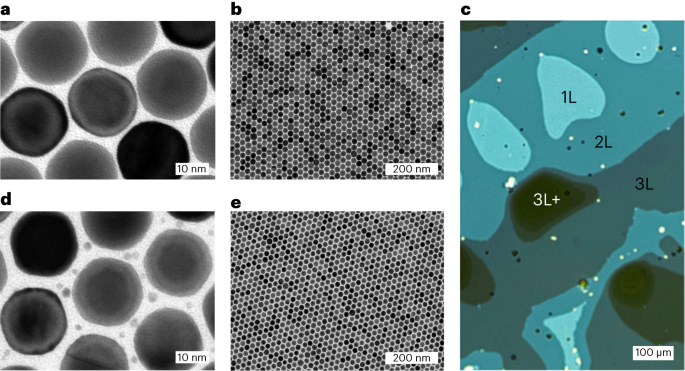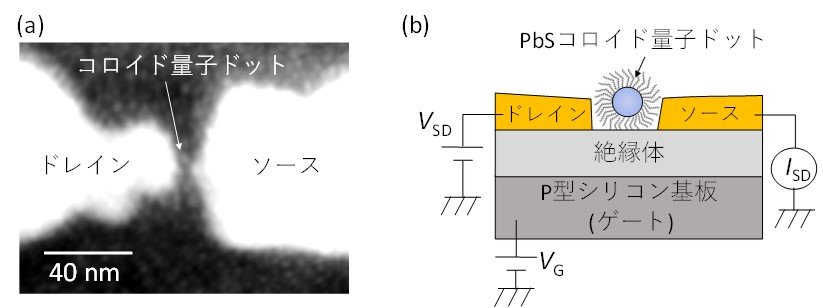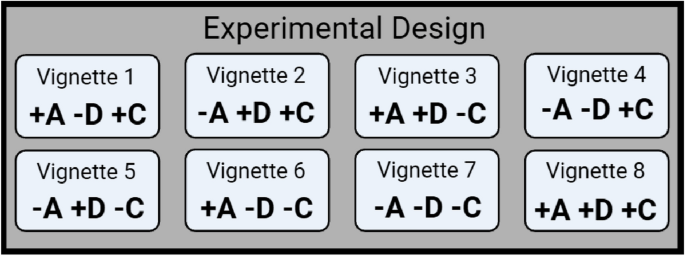2023-11-30 ミュンヘン大学(LMU)
◆彼らの超結晶では、10〜200ナノメートルの範囲で金といったプラズモニック金属を使用し、これによって光子が金の電子と強く相互作用し、化学反応を促進する効果があると説明されています。また、金粒子を整然と配置し、光吸収を多倍に増加させることで、プラチナ粒子を活用して形成酸を水素に変換する光触媒反応を実現しています。この技術は、持続可能な水素生産の促進に寄与し、二酸化炭素の太陽光による変換など他の反応にも可能性を秘めています。
<関連情報>
- https://www.lmu.de/en/newsroom/news-overview/news/harvesting-more-solar-energy-with-supercrystals.html
- https://www.nature.com/articles/s41929-023-01053-9
H2生成のためのプラズモニックバイメタリック2次元超結晶 Plasmonic bimetallic two-dimensional supercrystals for H2 generation
Matias Herran,Sabrina Juergensen,Moritz Kessens,Dominik Hoeing,Andrea Köppen,Ana Sousa-Castillo,Wolfgang J. Parak,Holger Lange,Stephanie Reich,Florian Schulz & Emiliano Cortés
Nature Catalysis

Abstract
Sunlight-driven H2 generation is a central technology to tackle our impending carbon-based energy collapse. Colloidal photocatalysts consisting of plasmonic and catalytic nanoparticles are promising for H2 production at solar irradiances, but their performance is hindered by absorption and multiscattering events. Here we present a two-dimensional bimetallic catalyst by incorporating platinum nanoparticles into a well-defined supercrystal of gold nanoparticles. The bimetallic supercrystal exhibited an H2 generation rate of 139mmolgcat−1h−1 via formic acid dehydrogenation under visible light illumination and solar irradiance. This configuration makes it possible to study the interaction between the two metallic materials and the influence of this in catalysis. We observe a correlation between the intensity of the electric field in the hotspots and the boosted catalytic activity of platinum nanoparticles, while identifying a minor role of heat and gold-to-platinum charge transfer in the enhancement. Our results demonstrate the benefits of two-dimensional configurations with optimized architecture for liquid-phase photocatalysis.



